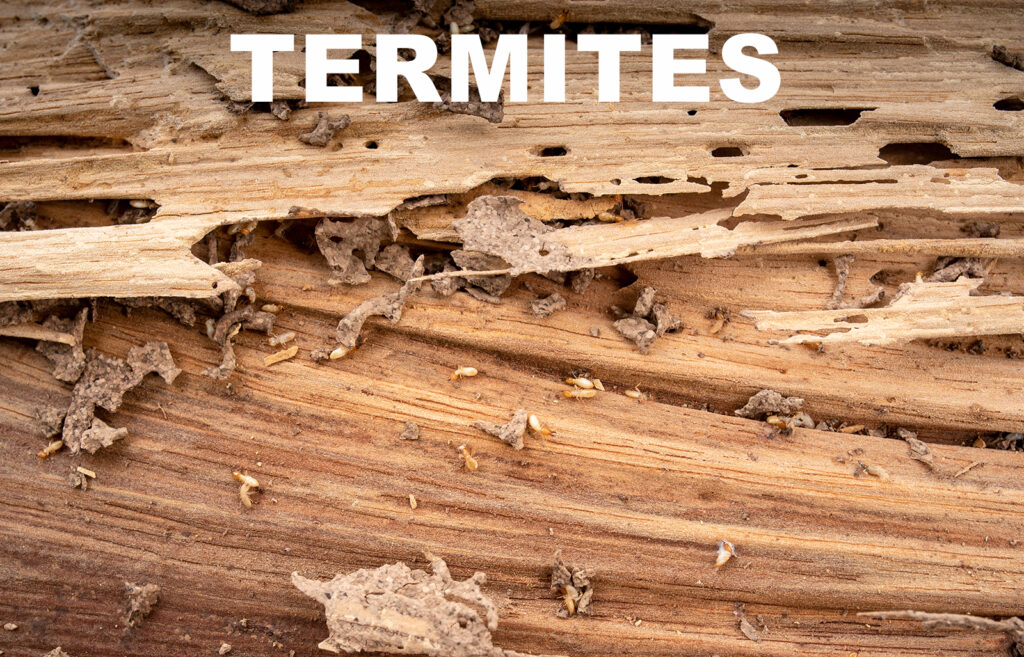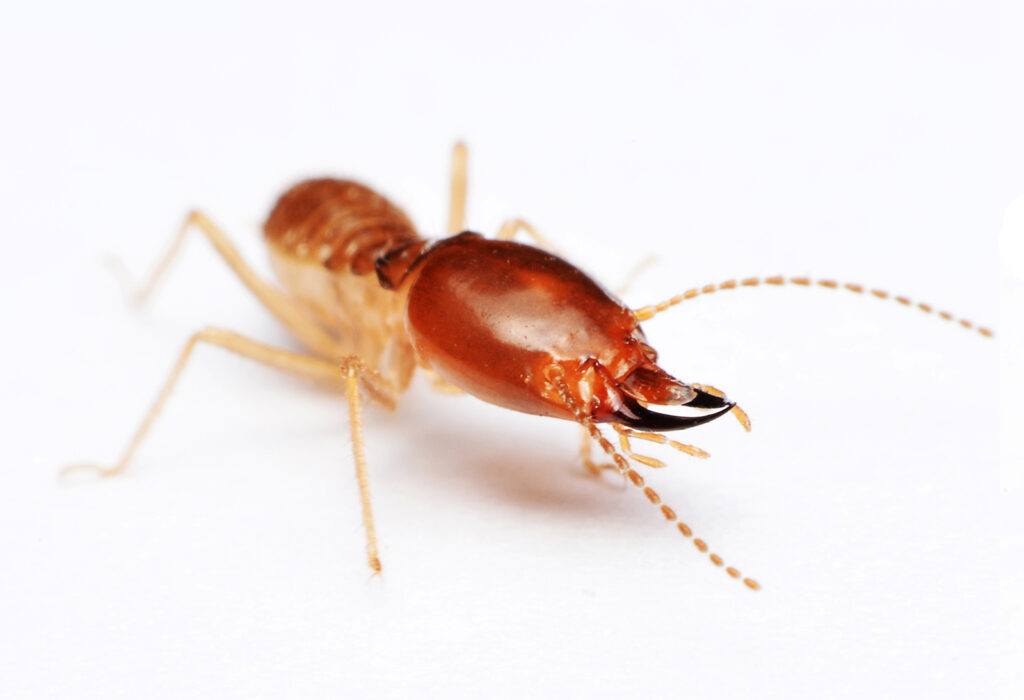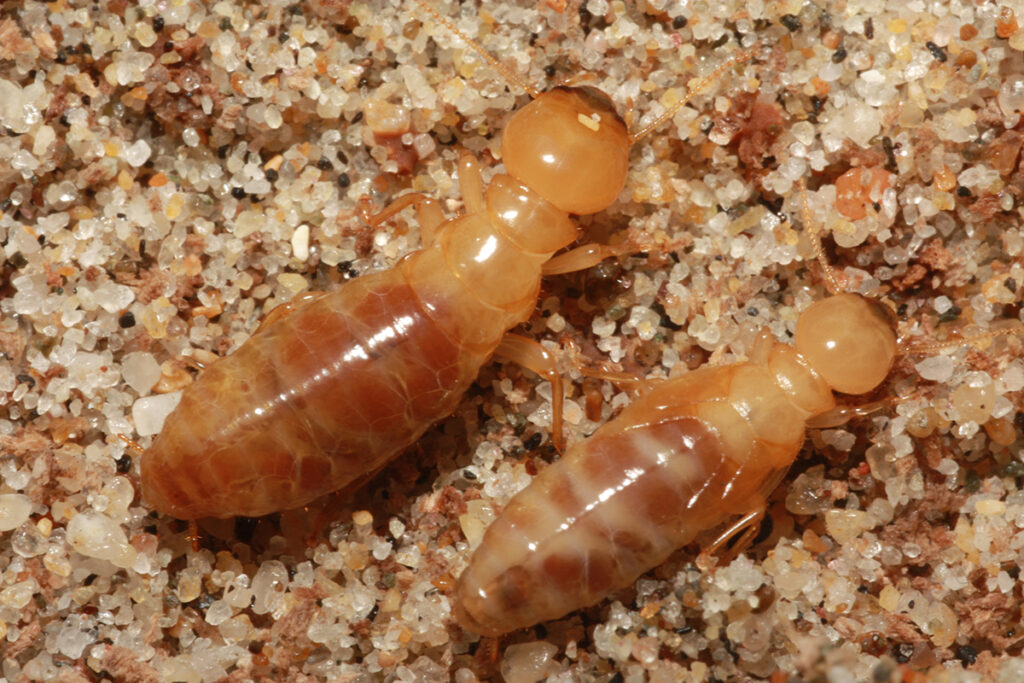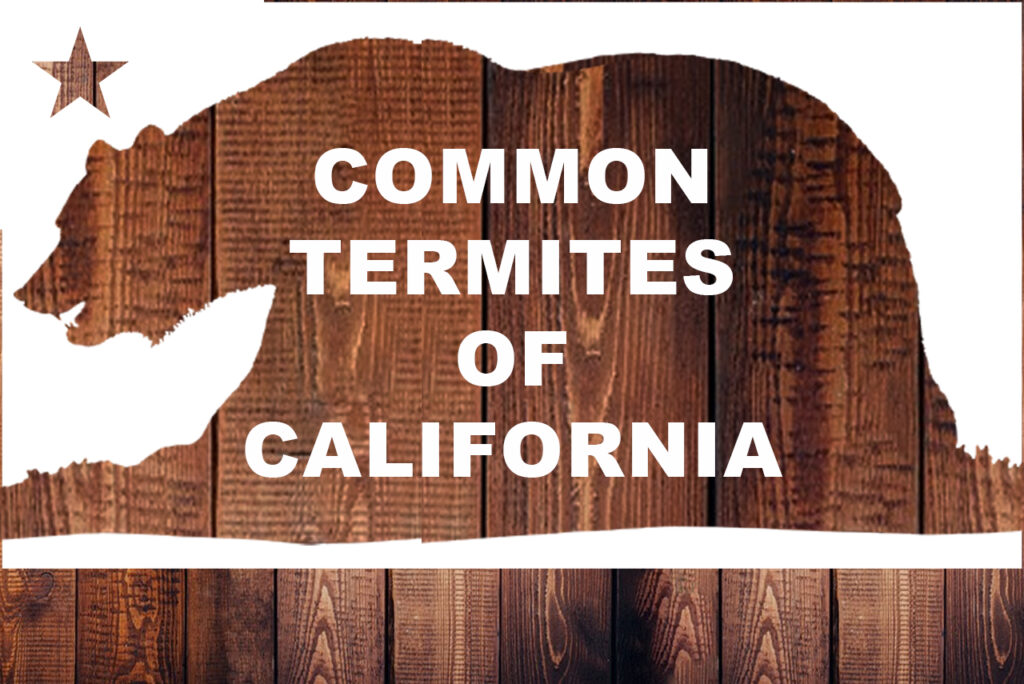Termites
Termites are social insects that live in large colonies.
They’re closely related to cockroaches and ants. But, they have differences in their body structure and behavior that set them apart. For example, they straight antennae where ant’s antennae have a curve.
Workers build tunnels underground, while soldier termites protect the colony from invaders.

The termite caste system includes workers, soldiers and reproductive termites
Each colony has a caste system, and these castes include:
- The queen and king, who reproduce
- Workers, which are sterile females. They feed and care for other members of the colony
- Soldiers, which have large heads with pincer-like jaws that they use to defend their nest against predators and other threats.
All termite species have three distinct castes: the queen or king; workers; and soldiers (if present). Each termite caste has its own specific function within its colony’s structure.
Termites are social insects
Termites live in colonies with a well-defined caste system. Termite queens can lay up to 20,000 eggs, producing worker offspring within two weeks of hatching. Termite populations have fewer members than ant or bee colonies (usually less than 1 million). Each individual is capable of producing an enormous amount of offspring. For this reason, it’s important to take action when you suspect termites have invaded your home.
Termites are very closely related to cockroaches
Termites and ants are different things. They’re both insects, but ants have different body structures than termites do. They are related to cockroaches and look similar in some ways.
There are more than 2,000 identified species of termite, with more than forty species living in North America
Termites are insects, and an estimated 2,000 species of termites exist worldwide. The genus Nasutitermes is found throughout the United States and its territories.
In North America alone there are currently more than 40 species of termites. This number may go up due as new species are identified on a regular basis.
There are three main kinds of termite in the United States.
The subterranean termite is the most common, with other types including the dampwood and drywood species. Subterranean Termites live in the ground and eat wood, including your home. They are most common in the southern and eastern parts of the United States. But, they can be found anywhere it is warm enough for them to survive.
Subterranean termites have wings that are bluish-black and look like those of a very large ants. But, ants don’t have two pairs of wings (subterranean termites do).
In the colony, there are a few special members that play essential roles in breeding and reproduction. The queen and king produce eggs, sperm, and a new queen when they get old. They also produce alates. Alates are winged termites whose sole purpose is to mate and create new colonies.
When the weather warms up each year, winged juveniles leave their colony on mating flights. They can cover several miles before landing on an appropriate site for building a new nest. Then they shed their wings and begin excavating tunnels underground.
Termites destroy wood from the inside out
You might not know your home has a problem until you see structure damage by termites inside the walls.
Termites are a serious problem for homeowners, and they can be difficult to get rid of. If you suspect that your home might have a termite infestation, call an exterminator right away to avoid any further damage.
Killroy Termite Control Specialists
If you have noticed flying insects, (that look like ants), they could be termites. Subterranean termites swarm in the fall and the spring. They most commonly appear after it rains and the sun comes out. Dry wood termites swarm in the hotter months and late summer.

You may notice some termite pellets, similar in appearance to salt and pepper, which are actually the dry wood frass or droppings. With subterranean termites, you may notice a small dirt tube coming from the soil. Termites can cause significant damage to homes if the problem isn't addressed. Our homes and business properties are typically the largest investments we make, and they need to be protected.











